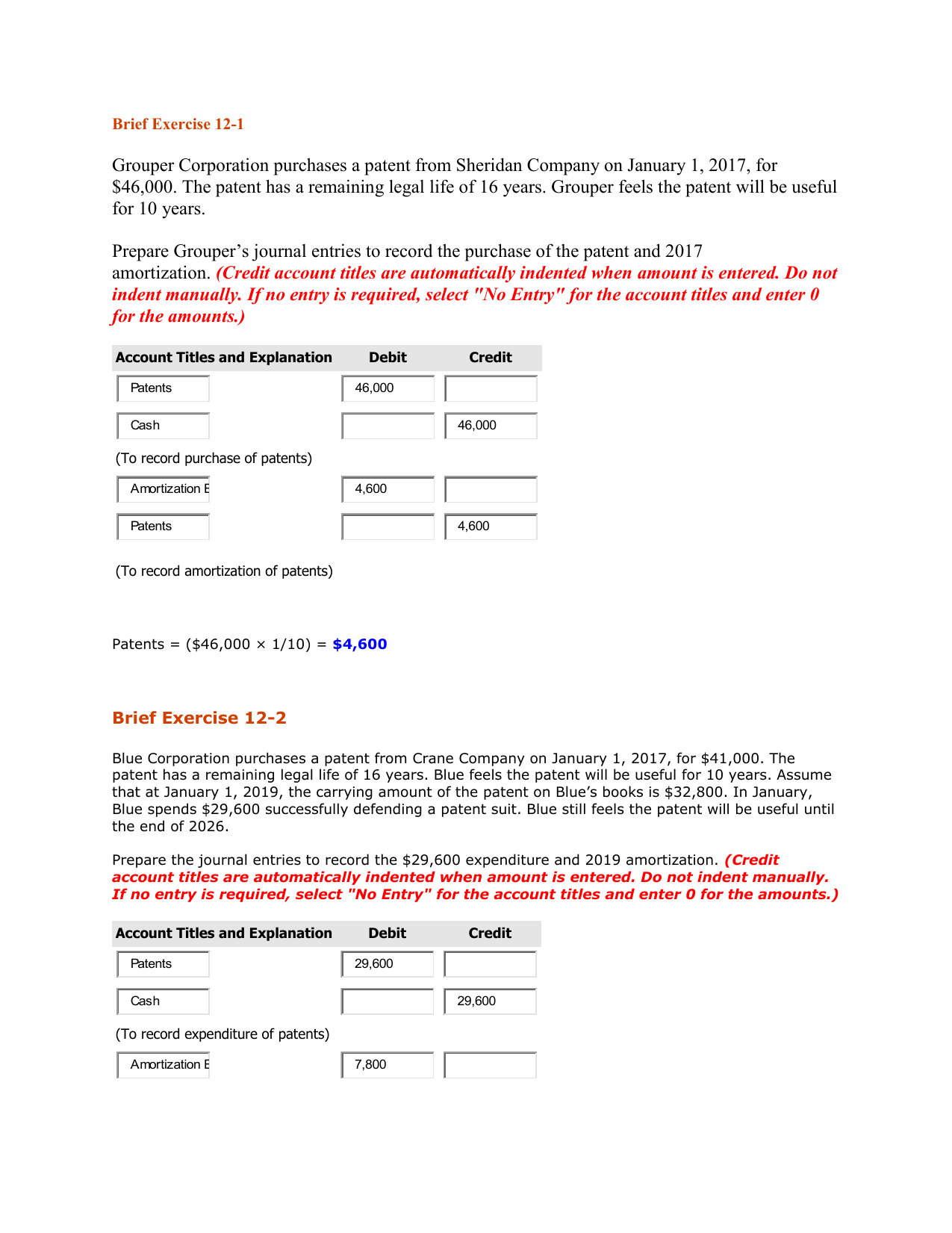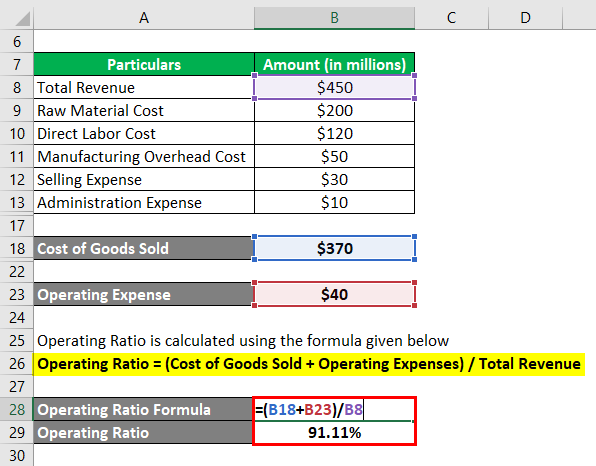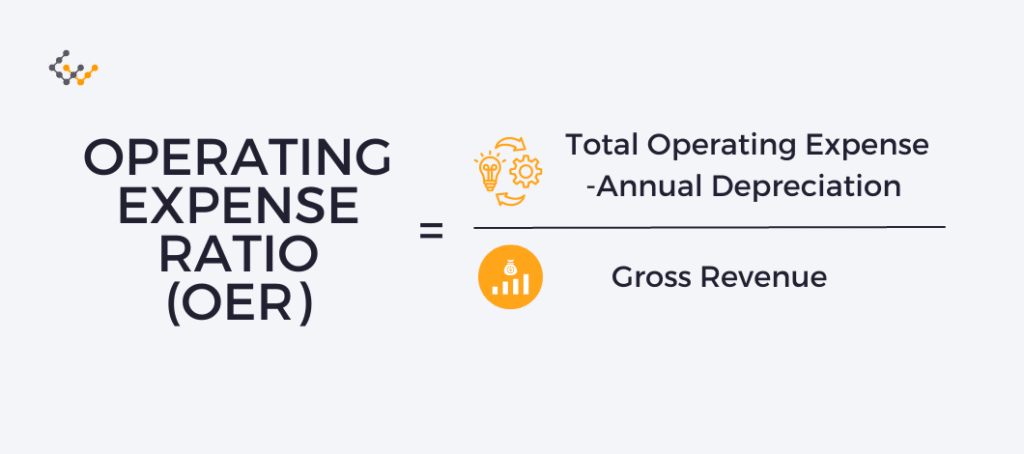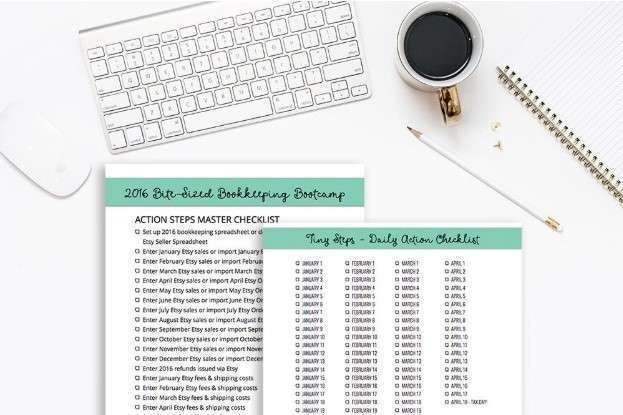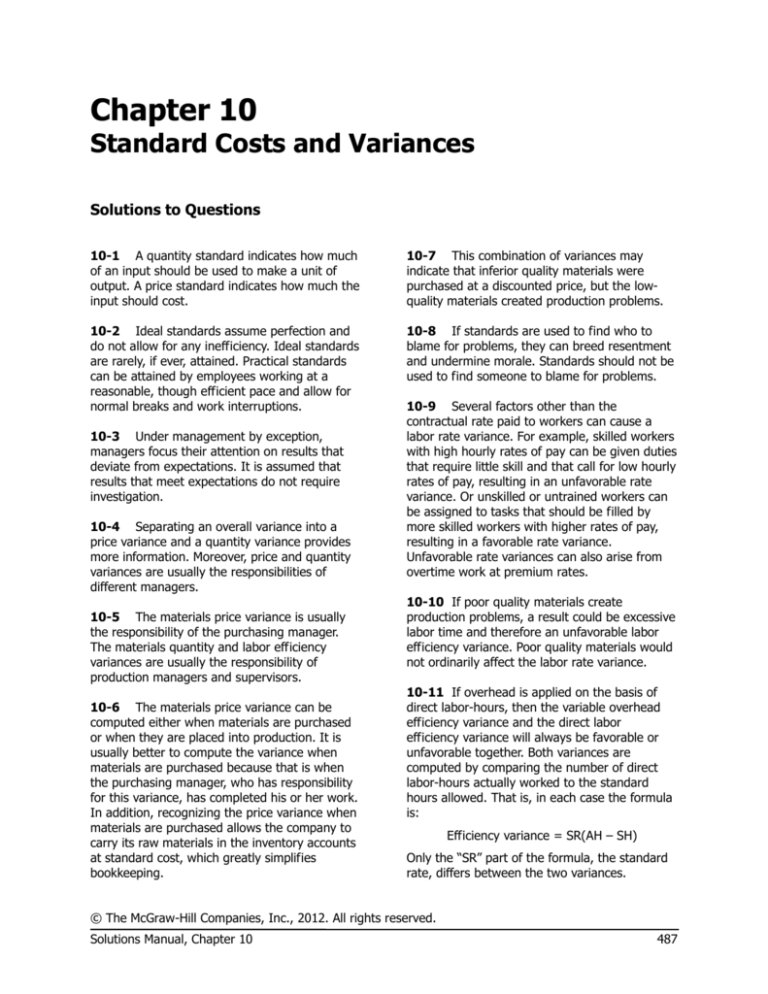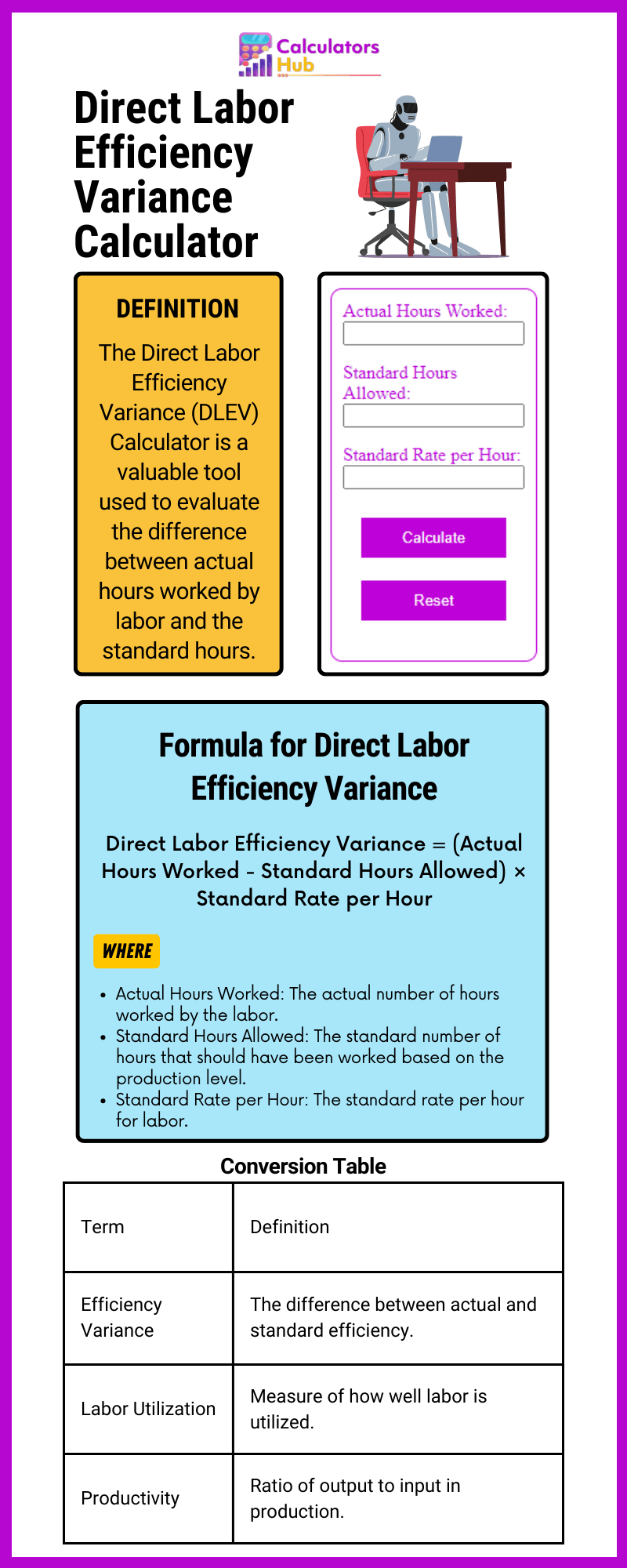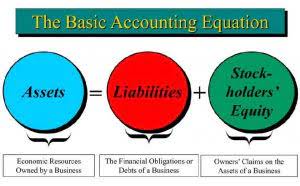
The recruiting yield ratio measures something else but is equally as valuable and essential to any organization. The goal of a cap rate is to find the the intrinsic, unleveraged rate of return for a given property. Dividend yields change daily as the prices of shares that pay dividends rise or fall. Dividend yields can serve as an effective hedge against inflation, helping investors preserve their purchasing power over time. When companies pay dividends, they provide a regular income stream that can be particularly valuable during periods of rising prices.
How do I collect recruiting yield ratio data?
But, their usefulness can expand beyond that to reflect every stage of the hiring process and source of hire. Yield-oriented investors will generally look for companies that offer high dividend yields, but it is important to dig deeper in order to understand the circumstances leading to the high yield. To do so, investors can refer to other metrics such as the current ratio and the dividend payout ratio. For example, a sudden increase in the yield of stock could indicate a falling stock price.

How is Yield calculated?
For instance, while your yield ratio for entry-level jobs might be similar for females and males, you might uncover differences for more senior positions. You could calculate the yield ratio for people who passed through resume screening to the screening call phase. Imagine that, out of the 120 who made it to the screening call stage, 30 were women. One explanation could be that women applicants were simply not as qualified for this position as men. Yet, research shows that women are less likely than men to apply to a position if they don’t meet all job requirements. This fact, along with your low yield ratio, could indicate that there might be a bias problem in your resume screening phase.
Interest Rates
It is usually used to measure how many candidates were hired from a total number of applications. But, their usefulness can expand beyond that to reflect every stage of the hiring pipeline and source of hire. One could also compare recruitment ratios from different sources, such as recruitment agencies, employee referrals, and job boards, to see which source is most effective. The percentage of candidates passing from one stage of the hiring process to another is referred to as the yield ratio.
- When he’s not busy at work, Noah likes to explore new European cities, exercise, and spend time with friends and family.
- If a company’s stock experiences enough of a decline, it may reduce the amount of the dividend, or eliminate it.
- If one source yields a high ratio but another does not, you can shift your resources to favor the more successful channel.
Different sectors may outperform at various times, offering varied yield potentials. Certain investment vehicles, like high-yield bonds or dividend-paying stocks, can potentially boost overall yield. However, by diversifying investments across varying yields, investors can aim to optimize returns while managing potential downsides.
Keep Yield Ratio top of mind with an easy-to-understand, shareable dashboard. If you found this article helpful, feel free to check out more free content at the AnalystAnswers.com homepage. Technology can help streamline processes and optimize your pipeline the accounting definition of sales invoice operations. Investing in the right technology can provide you with an edge over competitors and help… Our weekly newsletter is your source of education and inspiration to help you create a corporate wellness program that actually matters.
But you might find minority candidates are well represented in low-level positions, while your executive team is all-white-male. Yield ratios in recruitment and selection are often useless as lone percentages. Companies need a continuous process of analyzing data and comparing HR metrics across time. The yield ratio is used to calculate and compare how effective has the recruitment process been compared to the previous years. The dividend yield shows how much a company has paid out in dividends over the course of a year. The yield is presented as a percentage, not as an actual dollar amount.
One of the primary purposes of assessing yield is to evaluate the potential returns of various investments. By comparing yields, an investor can make informed decisions about where to allocate funds. The formula for average interest yield is total interest income minus total defaults divided by total investment. The interest yield, on the other hand, calculates the total return on the total investment as a percentage.
Our goal is to deliver the most understandable and comprehensive explanations of financial topics using simple writing complemented by helpful graphics and animation videos. Its types include Current Yield, YTM, YTC, YTW, and YOC, each offering distinct insights into investment performance. A comprehensive analysis, beyond just the yield, is essential to ensure the investment is sound. Instead of taking out the income, plowing it back into the investment can lead to exponential growth.
This input can potentially be shaped by lowering the interest rate used in the loan calculations or extending the amortization period for the potential loan. For example, if a loan is unable to reach a 1.25x DSCR at a 20-year amortization, it is possible to use a 25-year amortization to decrease the loan payments, thereby increasing the DSCR. Increasing the amortization period has the effect of the monthly loan payments, but also decreases the principal paydown, which increases the overall risk profile of the loan. However, this additional risk is not readily apparent while using LTV or DSCR.
Hiring teams can tackle these kinds of hiring biases by opting for anonymous interviewing platforms or using tools that conceal candidates’ photos and names when screening resumes. By exploring the meaning behind recruitment yield ratios, you can build a more efficient recruiting strategy. If for example, your yield ratio of qualified hires from pay-per-click job boards is consistently better than your yield ratio from recruiting agencies, that’s something to look into. Lenders use the debt yield ratio to evaluate the risk involved with lending money to a property owner. By definition, it is the return the lender would receive if the borrower defaulted on the loan and the lender had to foreclose on the subject property.

